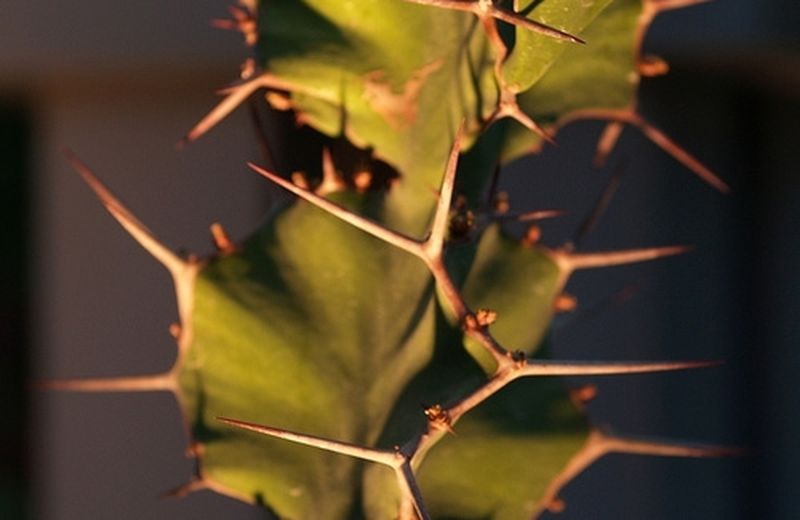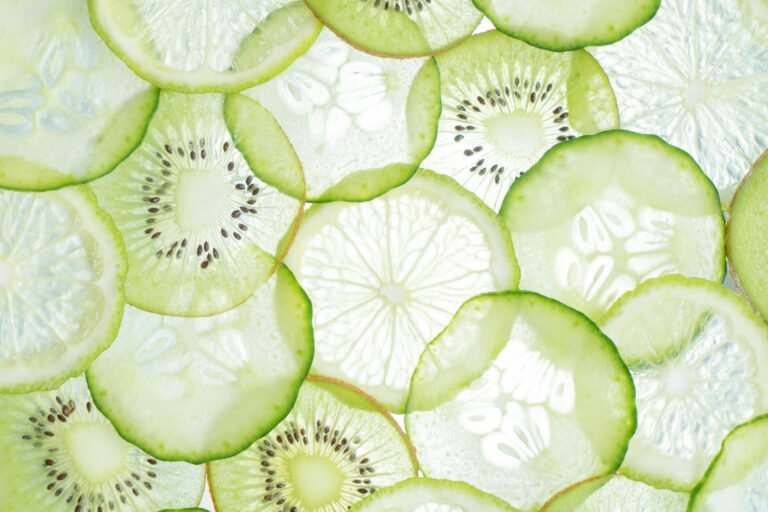The plants of Aries
The plants of Aries, the first sign of the zodiac, are the home of the planet Mars with a strong pioneer and fighting spirit. These herbs have always been appreciated for their anti-inflammatory and beneficial action for the blood and strengthening the immune system.

Aries plants are characterized by Fire, an element associated with Mars, the red planet, which presides over this zodiac sign. According to the Ancients, four elements made up all things existing in nature: air, water, earth, and fire. In particular for the medicine of that period, the fire corresponded to the humor of the yellow bile , which if in excess, produced the choleric temperament .
Among the flavors linked to the element of Mars it was possible to find bitter or spicy ones, while among the herbs and medicinal plants there were all those irritating due to excess heat ; prickly or stinging to the skin; and those that make us tear in eating them like onion, horseradish or mustard.
Treating diseases, taking into account the correspondences between plants and planets , was part of a medical system that operated using the Theory of Signatures , whereby each plant species reported an imprint , or a ” sign ” , Of its link with a bodily organ and with a planet .
Want to know what 2018 will be like for Aries? Find out here!
The sign of Aries and the planet Mars
The Sun, through its cyclical crossing of the 12 zodiac signs , has always inspired myths and symbolic tales that narrate the characteristics of each astrological sign (or solar phase) in analogy with what happens in that period in Nature. In the case of Aries, the moment when the sun is in this sign corresponds to the beginning of spring , when we can observe the sprouting of the first buds and experience the disruptive force of life, which awakens after the winter hibernation.
Therefore, that of Aries is a powerful energy in its raw state, which needs to be channeled and disciplined, to produce concrete results. Focusing and directing energy is not easy for this zodiac sign, which can often be scattered and disorganized. The ram is easy to great enthusiasm, but also to deep discouragement, if it does not find a motivation or a goal to fight for. He often has a big problem with authority: he doesn’t like impositions and rules. However without limits, especially internal ones, and discipline, Aries risks dispersing and not building anything.
These characteristics are conferred on the sign by Mars , considered a strong male principle , a lover of war, bold , impulsive , dynamic. Planet of fire and iron, it supports purposeful energy , effort and will . Attributes of him are activity, aggression and strong sensuality. In the human body the immune system governs , and is associated with muscle energy , male sexuality , blood .
In the man of the zodiac, a theory used by Medical Astrology and based on the belief that each zodiac sign presides over very specific anatomical parts, the head corresponds to Aries (eyes, inner nose, inner ear, upper jaw; while the most frequent pathologies can be neuralgia , dizziness , anemia , fever , inflammation.
The plants of Aries
Aries plants are rich in Martial Fire : some burn like horseradish and mustard, others are stimulants, tonic and aphrodisiacs like ginger, others have thorns like hawthorn or are irritating like onion, chilli, garlic or nettle. Let’s take a closer look:
- Mustard : in the past the seeds were mixed with honey and taken to quell coughs, or a poultice was prepared by adding them to flour and water, to be applied on the chest or back, until the person felt a burning sensation (rubefying effect) . Poultices of mustard seed flour alone are effective for rheumatic pains and neuralgia ; while the decoctions are indicated to reactivate the circulation , excellent for foot baths for cold feet.
- Horseradish : among the main properties that, especially in the past centuries, made it a precious plant, there is the presence of vitamin C : today taken simply to combat colds and seasonal flu or strengthen the immune system , it constituted an important resource in past centuries. against scurvy, a dangerous disease caused precisely by the lack of vitamin C. Today the horseradish has lost this primary function, but it remains an effective source of vitamins and a useful natural antibiotic . Here’s how to cook it .
- Ginger : it is still used today as an anti- inflammatory and digestive and is one of the most effective anti -nausea and antivertigo remedies . Its anti- emetic properties seem to reside in local effects on the walls of the stomach and intestines, which is why it is also used as a protective agent for the gastric mucosa.
- Hawthorn : the flowers and leaves have relaxing and hypotensive properties ; berries strengthen the heart and improve blood circulation: by causing the blood vessels of the heart muscle to dilate, they increase blood flow to it and thus decrease blood pressure.
- Nettle : The leaves contain abundant chlorophyll , the green dye of the plant world (whose chemical composition is very similar to that of hemoglobin that dyes our blood red) which gives the plant a strong anti- anemic property. It is used in anemia caused by lack of iron or by blood loss , because the iron and folic acid contained in it stimulate the production of red blood cells. The plant also has vasoconstrictor (contracts blood vessels) and hemostatic properties(stops bleeding), so it is especially used in cases of nasal and uterine bleeding. It is also very useful for women who suffer from heavy menstruation. Nettle is also recommended in case of convalescence, malnutrition and stress, because the leaves are very rich in mineral salts , especially phosphorus, magnesium, calcium, silicon, manganese and potassium; and vitamins A, C and K, which make it remineralizing, restorative and invigorating.
































+ There are no comments
Add yours